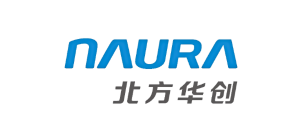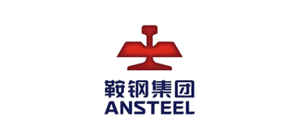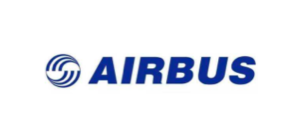Industry Encyclopedia>Which four RPA is divided into
Which four RPA is divided into
2024-05-08 10:25:29
The implementation and composition of RPA can generally be divided into the following four main parts: RPA Opportunity Assessment: This phase focuses on assessing which parts of the enterprise process are suitable for RPA implementation.
You need to consider processes that impact costs and revenues, processes that are high frequency and high volume, processes that are prone to errors, processes that require a timely response, and processes that involve informal labor or can be outsourced.
Tool selection: At this stage, the enterprise needs to choose the right RPA software tool.
When choosing a tool, explore the feasibility of the process and the return on investment so that the ROI can be defined later.
Establish a proof of concept (POC) to determine the technical feasibility of the process in RPA, and analyze the implementation costs, benefits, and maintenance costs.
Implementation management: The implementation method of RPA determines its operational stability and the cost of subsequent operation and maintenance.
Implementation management needs to be considered from the framework design, development specifications, robot efficiency, common code, quality assurance, safety and other aspects.
RPA Lifecycle Management: This phase involves the continuous optimization, monitoring, and maintenance of RPA processes.
This includes monitoring the performance of RPA robots to ensure their stable operation, as well as updating or adjusting automated processes to meet business needs.
In addition, from the perspective of cost, the composition of RPA can also be divided into four parts: RPA software costs: including the purchase of core components of RPA software, such as console, designer and robot costs.
Related system and hardware costs: mainly increase the cost of computers/virtual machines and related office software, because RPA robots and designers need to be deployed on the computer side.
Implementation costs: Costs involved in the planning, design, development and deployment of RPA projects.
Subsequent operation and maintenance costs: including the continuous optimization, monitoring, and maintenance of the RPA process.
Please note that the above two classifications (by implementation process and cost) are divided into four parts, but they look at the composition of RPA from different perspectives.
You need to consider processes that impact costs and revenues, processes that are high frequency and high volume, processes that are prone to errors, processes that require a timely response, and processes that involve informal labor or can be outsourced.
Tool selection: At this stage, the enterprise needs to choose the right RPA software tool.
When choosing a tool, explore the feasibility of the process and the return on investment so that the ROI can be defined later.
Establish a proof of concept (POC) to determine the technical feasibility of the process in RPA, and analyze the implementation costs, benefits, and maintenance costs.
Implementation management: The implementation method of RPA determines its operational stability and the cost of subsequent operation and maintenance.
Implementation management needs to be considered from the framework design, development specifications, robot efficiency, common code, quality assurance, safety and other aspects.
RPA Lifecycle Management: This phase involves the continuous optimization, monitoring, and maintenance of RPA processes.
This includes monitoring the performance of RPA robots to ensure their stable operation, as well as updating or adjusting automated processes to meet business needs.
In addition, from the perspective of cost, the composition of RPA can also be divided into four parts: RPA software costs: including the purchase of core components of RPA software, such as console, designer and robot costs.
Related system and hardware costs: mainly increase the cost of computers/virtual machines and related office software, because RPA robots and designers need to be deployed on the computer side.
Implementation costs: Costs involved in the planning, design, development and deployment of RPA projects.
Subsequent operation and maintenance costs: including the continuous optimization, monitoring, and maintenance of the RPA process.
Please note that the above two classifications (by implementation process and cost) are divided into four parts, but they look at the composition of RPA from different perspectives.
























